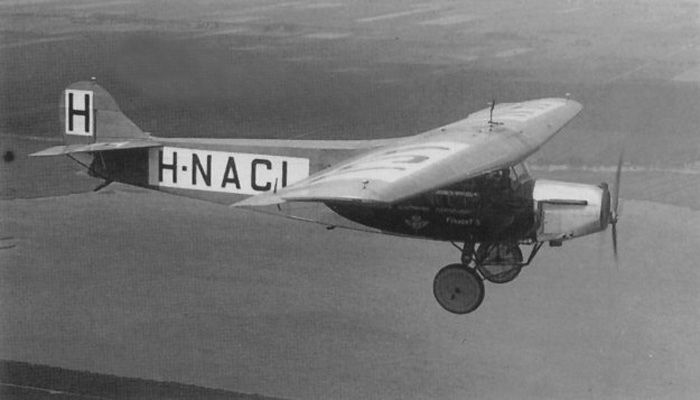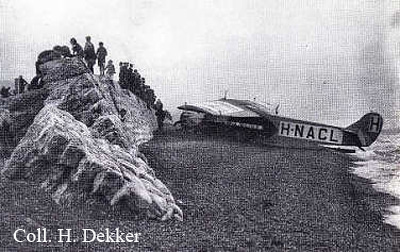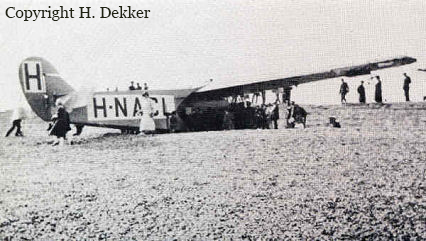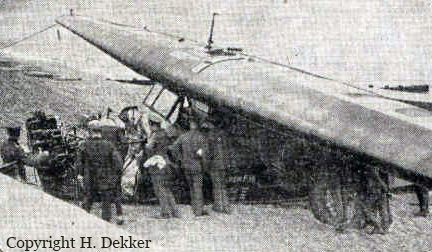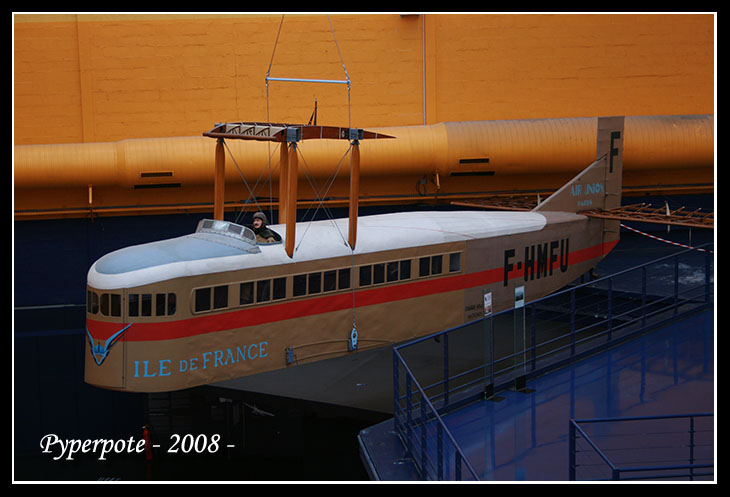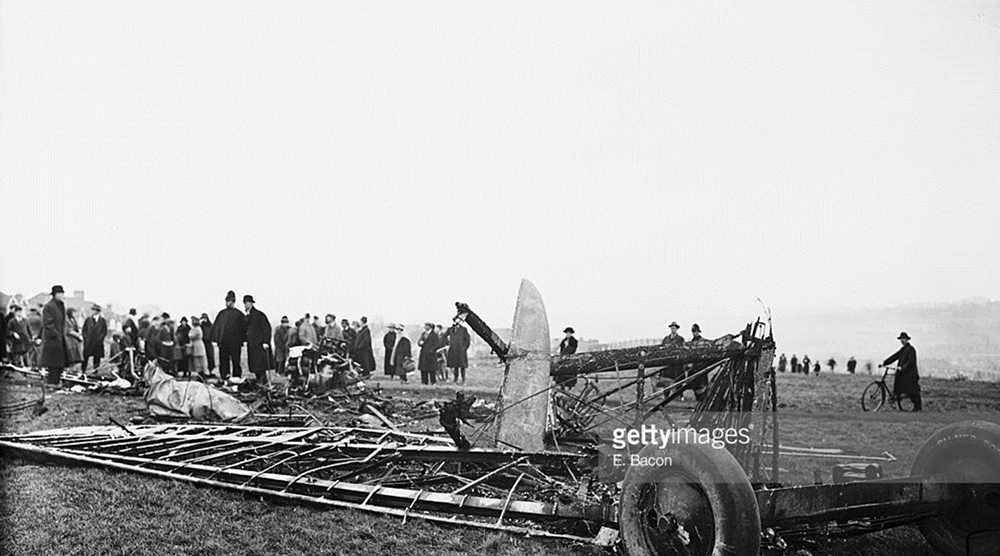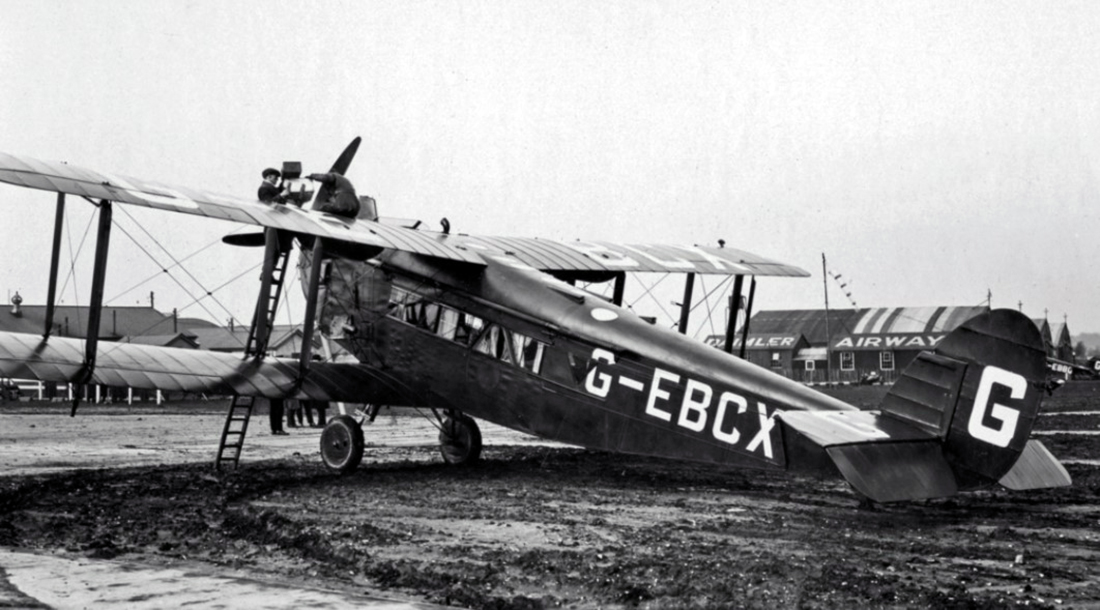Crash of a Fokker F7 off Hythe
Date & Time:
Jun 21, 1926
Registration:
H-NACL
Survivors:
Yes
Schedule:
Amsterdam – Rotterdam – Croydon
MSN:
4841
YOM:
1925
Crew on board:
1
Crew fatalities:
Pax on board:
4
Pax fatalities:
Other fatalities:
Total fatalities:
0
Circumstances:
While overflying The Channel and approaching the British coast, the engine failed. The pilot was able to ditch the airplane few dozen metres offshore. All five occupants evacuated safely and were quickly rescued by local people who brang the aircraft back to the beach. The aircraft was later considered as damaged beyond repair.
Probable cause:
The engine failed because the pilot forgot to position the fuel valve to 'open'.
